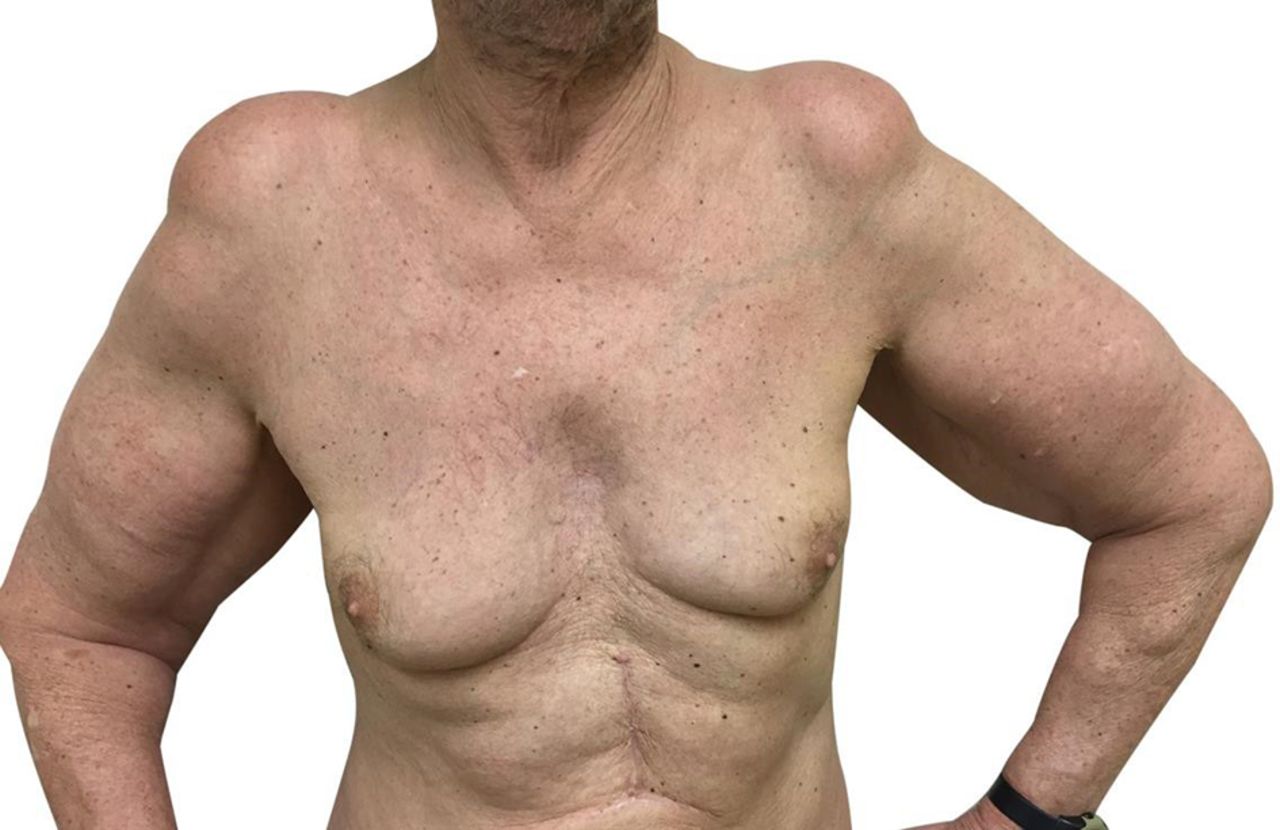
Adiposogenital dystrophy might sound like a mouthful, but understanding it is crucial. This rare condition, also known as Frohlich syndrome, affects the hypothalamus, a small but mighty part of the brain. What causes adiposogenital dystrophy? The primary culprit is damage to the hypothalamus, which can result from tumors, infections, or trauma. This damage disrupts hormone production, leading to obesity and delayed puberty. Who is most at risk? Typically, it affects children and adolescents. Symptoms include weight gain, stunted growth, and underdeveloped sexual organs. How is it diagnosed? Doctors rely on a combination of physical exams, hormone tests, and brain imaging. Can it be treated? Yes, treatments focus on hormone replacement and managing symptoms. Understanding this condition helps in recognizing and addressing its impact on young lives.
What is Adiposogenital Dystrophy?
Adiposogenital dystrophy, also known as Fröhlich syndrome, is a rare disorder that affects the endocrine system. This condition primarily impacts the hypothalamus and pituitary gland, leading to various physical and hormonal changes.
-
Adiposogenital dystrophy is named after Alfred Fröhlich, who first described the condition in 1901.
-
The disorder is characterized by obesity and underdeveloped sexual organs, hence the name "adiposo" (fat) and "genital" (sexual organs).
-
It primarily affects males, although females can also be diagnosed with this condition.
Causes of Adiposogenital Dystrophy
Understanding the causes of adiposogenital dystrophy can help in managing and treating the condition more effectively.
-
The primary cause is damage to the hypothalamus or pituitary gland, which can result from tumors, infections, or trauma.
-
Genetic mutations can also play a role in the development of this disorder.
-
In some cases, the exact cause remains unknown, making diagnosis and treatment more challenging.
Symptoms of Adiposogenital Dystrophy
Recognizing the symptoms early can lead to better management of the condition.
-
Obesity is one of the most common symptoms, often starting in childhood.
-
Delayed or absent puberty is another significant symptom, affecting sexual development.
-
Individuals may also experience fatigue, weakness, and a lack of energy.
-
Other symptoms include short stature and a round face, often described as "moon face."
Diagnosis of Adiposogenital Dystrophy
Accurate diagnosis is crucial for effective treatment and management.
-
Diagnosis often involves a combination of physical exams, medical history, and imaging tests like MRI or CT scans.
-
Blood tests are also used to measure hormone levels, helping to identify any imbalances.
-
Genetic testing may be recommended in some cases to identify any underlying genetic mutations.
Treatment Options for Adiposogenital Dystrophy
While there is no cure, various treatments can help manage the symptoms and improve quality of life.
-
Hormone replacement therapy is commonly used to address hormonal imbalances.
-
Weight management programs, including diet and exercise, are essential for controlling obesity.
-
Surgery may be necessary to remove tumors affecting the hypothalamus or pituitary gland.
-
Psychological support and counseling can help individuals cope with the emotional and social challenges of the condition.
Living with Adiposogenital Dystrophy
Managing daily life with adiposogenital dystrophy requires a comprehensive approach.
-
Regular medical check-ups are crucial for monitoring hormone levels and overall health.
-
Support groups and online communities can provide valuable emotional support and practical advice.
-
Education and awareness about the condition can help reduce stigma and improve social interactions.
-
Adaptive physical education programs can help children with the condition stay active and healthy.
-
Family involvement and support play a vital role in managing the condition and improving the quality of life for those affected.
Key Points to Remember
Adiposogenital dystrophy, also known as Frohlich syndrome, is a rare condition that affects both the endocrine system and physical development. It typically presents in childhood or adolescence, leading to obesity, delayed puberty, and underdeveloped sexual organs. The condition stems from damage to the hypothalamus or pituitary gland, which disrupts hormone production.
Early diagnosis and treatment are crucial. Hormone replacement therapy can help manage symptoms and improve quality of life. Regular medical check-ups and a supportive healthcare team are essential for those affected.
Understanding the basics of adiposogenital dystrophy helps in recognizing symptoms early and seeking appropriate medical care. Awareness and education about this condition can make a significant difference in the lives of those impacted.
Was this page helpful?
Our commitment to delivering trustworthy and engaging content is at the heart of what we do. Each fact on our site is contributed by real users like you, bringing a wealth of diverse insights and information. To ensure the highest standards of accuracy and reliability, our dedicated editors meticulously review each submission. This process guarantees that the facts we share are not only fascinating but also credible. Trust in our commitment to quality and authenticity as you explore and learn with us.


